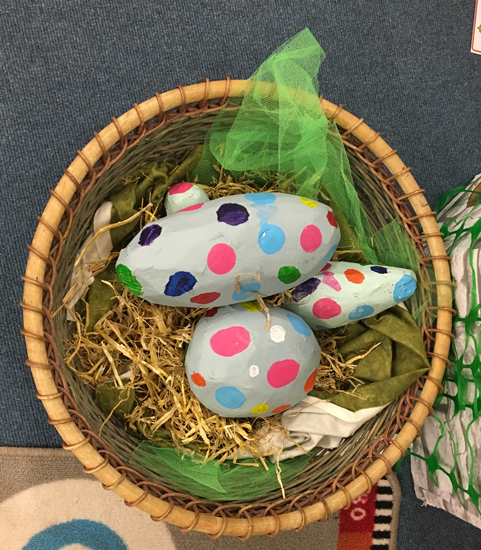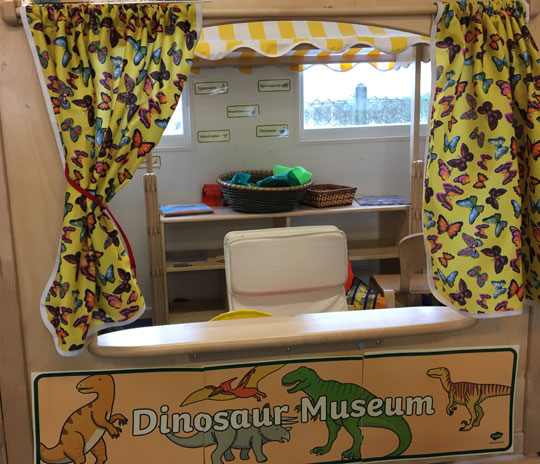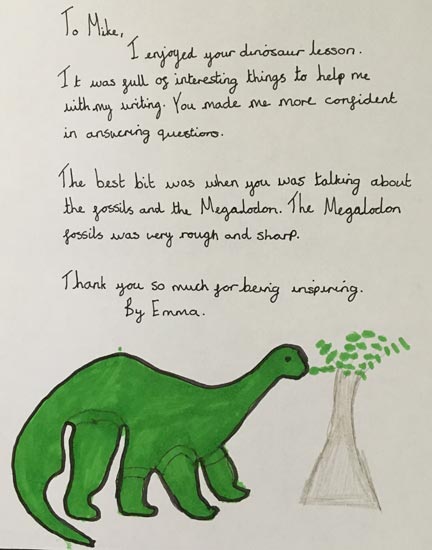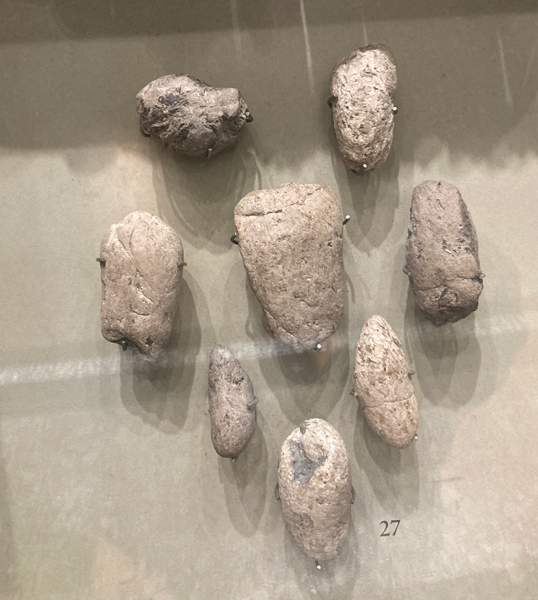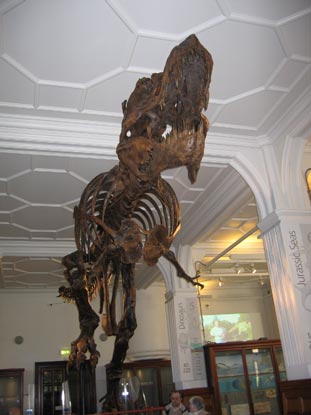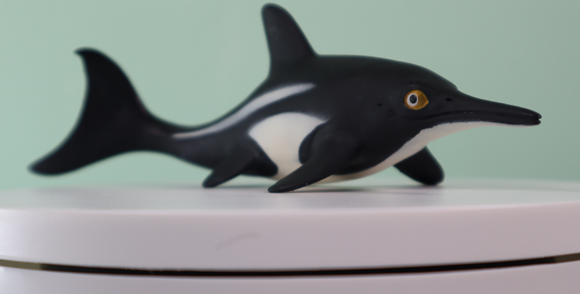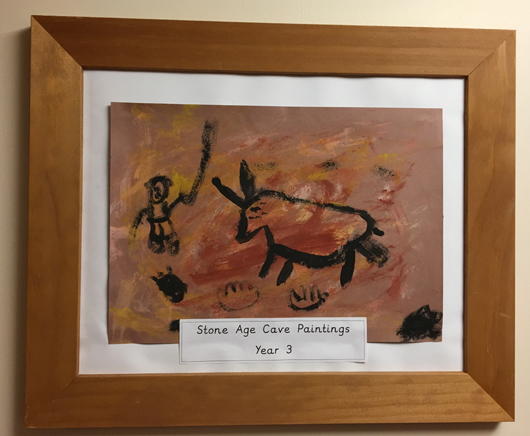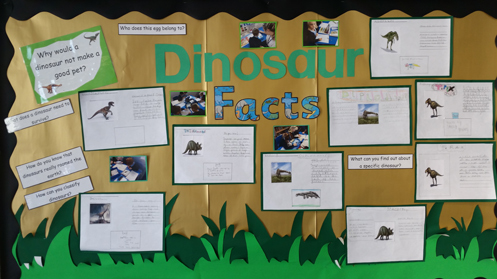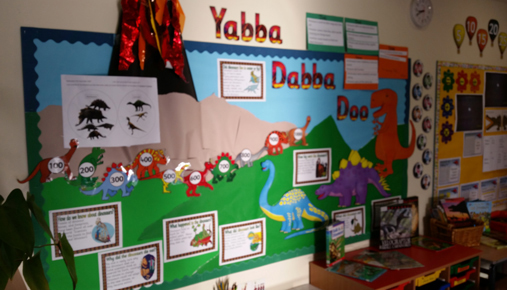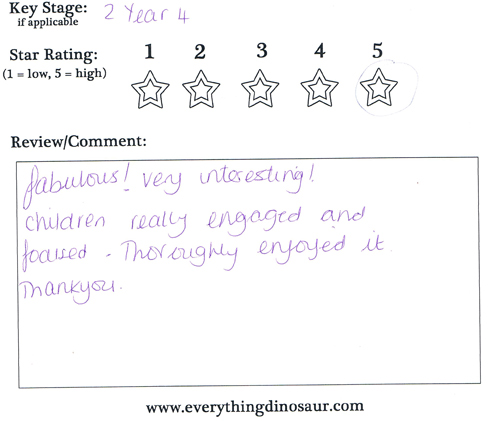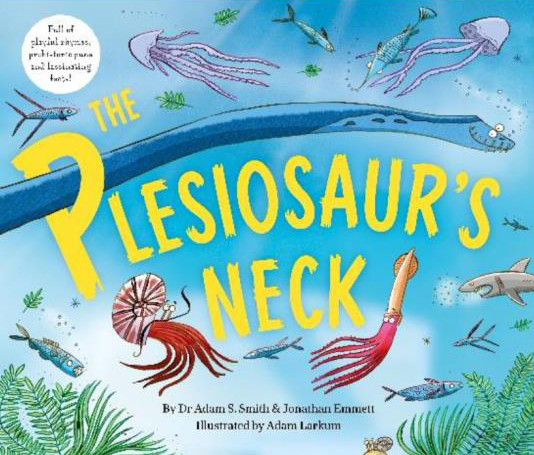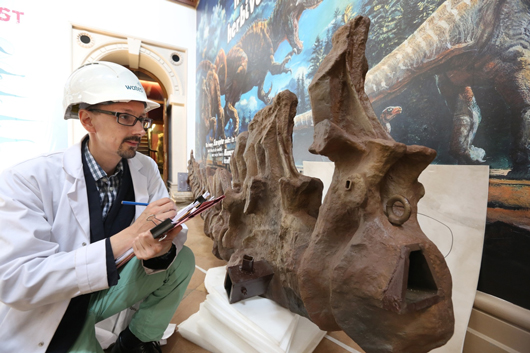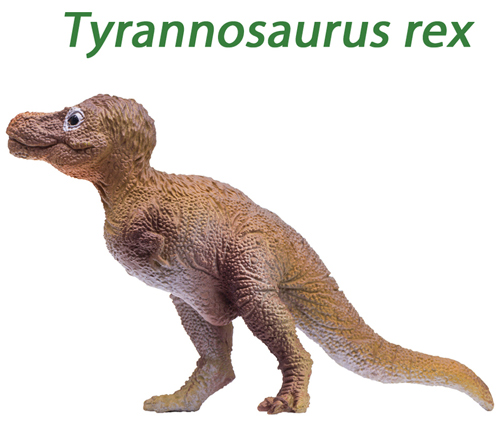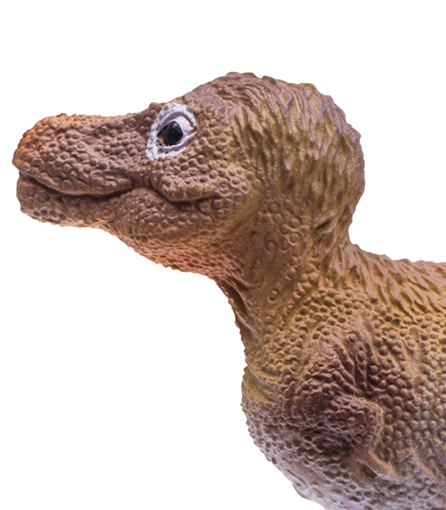Articles that focus on teaching ideas and activities aimed at Key Stage 1 and Key Stage 2.
A Fun Dinosaur Themed Teaching Activity for Young Children
Whilst sorting our image archive, we came across a super example of a dinosaur themed teaching activity. In December 2019 Everything Dinosaur visited Greenhill Primary in Bury (Greater Manchester). The teaching team had invited us in to help with the Year 1 term topic. The children had been learning all about dinosaurs and prehistoric animals. One of the areas of learning the teachers wanted to focus upon was improving literacy.
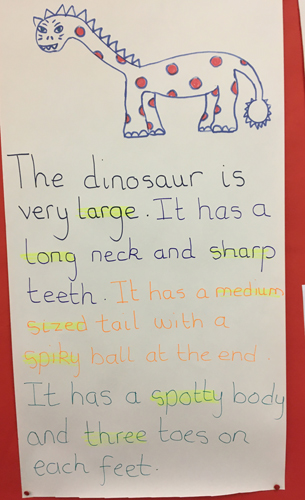
Picture credit: Everything Dinosaur
Dinosaur Themed Teaching Activity
The dedicated and enthusiastic teaching team had prepared a comprehensive term topic. A topic that would appeal to a variety of learning styles. The children were excited and keen to demonstrate their knowledge.
Dinosaurs appeal to children. Many are fascinated by them, and a clever term topic can really engage young minds. If the children are motivated and enthused, they will quickly develop new skills and gain confidence with writing and reading.
The colourful drawings of prehistoric animals posted around the classroom helped to encourage the pupils in their own creative writing.
The award-winning Everything Dinosaur website: Everything Dinosaur.


